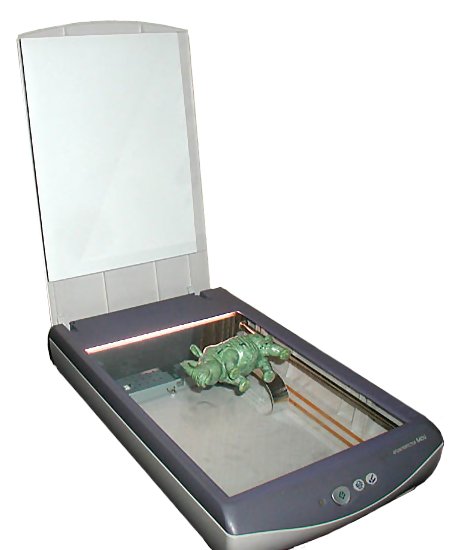READ: Drivers
| Site: | Fulton |
| Course: | Computer Technology |
| Book: | READ: Drivers |
| Printed by: | Guest user |
| Date: | Monday, December 15, 2025, 9:50 PM |
Description
Drivers
Understanding Drivers
You've already learned about input/output devices. Different types of devices communicate in different ways. You can almost think of your computer as being like the UN (United Nations). Your scanner speaks a different language than your printer. You printer speaks a different language than your monitor. In order to control all of these different types of devices, your computer operating system uses whats called DEVICE DRIVERS.http://upload.wikimedia.org/wikipedia/commons/f/fe/UN_Members_Flags.JPG
Device drivers are small software applications that translate and manage communications between the computer operating systems and the various input/output devices attached to it.
Kinds of Drivers
There are many different kinds of drivers. They are usually specific to the exact model of device that you are using - however, this is not always the case. For example, optical drives (DVD drives) use a universal optical driver. On the other hand, scanners have a separate driver for each model.Go to this Fujitsu website. Fujitsu is one of the leading scanner manufacturing companies. This website lists all of the fujitsu scanner drivers. You'll notice that each model scanner has a different driver for each type of operating system. This is because the drivers' job is to facilitate communications between the scanner and the OS.
What needs a driver?
Here is a list of some of the things in your computer that HAVE to have drivers in order to correctly function:- video card
http://upload.wikimedia.org/wikipedia/commons/8/88/EISA_Compaq_video_card_02.JPG
- printer

http://upload.wikimedia.org/wikipedia/commons/2/28/Hp_desjet_3845.jpg
- scanner

http://upload.wikimedia.org/wikipedia/commons/e/e3/Scanner.view.750pix.jpg
- webcam

http://upload.wikimedia.org/wikipedia/commons/c/c5/Logitech_Quickcam_Pro_4000.jpg
- microphone

http://upload.wikimedia.org/wikipedia/commons/7/71/Microphone_gooseneck.jpg
Uninstall, Reinstall, or Update Drivers
So, if you ever need to uninstall, reinstall, or update the device drivers on your computer, you would do this using whats called the "Device Manager."You can access the device manager by clicking start in the accessing your control panel and selecting the "System" icon.

This will open a window and you will select the Hardware tab. You will then click the device manager button.
Listed in the device manager are all of the hardware components to your computer. These are categorized by type. You can right click on a device to view it's driver properties and set up hardware configuration.

Plug-n-Play
In the device manager, you can also update the driver in which case the operating system will automatically will attempt to locate and download the driver online, or you can choose to roll back the driver, which will restore the drive to its last working state.The process by which Windows automatically detects most input/output devices and tries to install the driver for them is called Plug-n-Play. This is why you always install a device driver before plugging the device into your computer. If you don't do this, Windows will attempt to install the driver and fail. Even after you install the driver, there can still be errors.